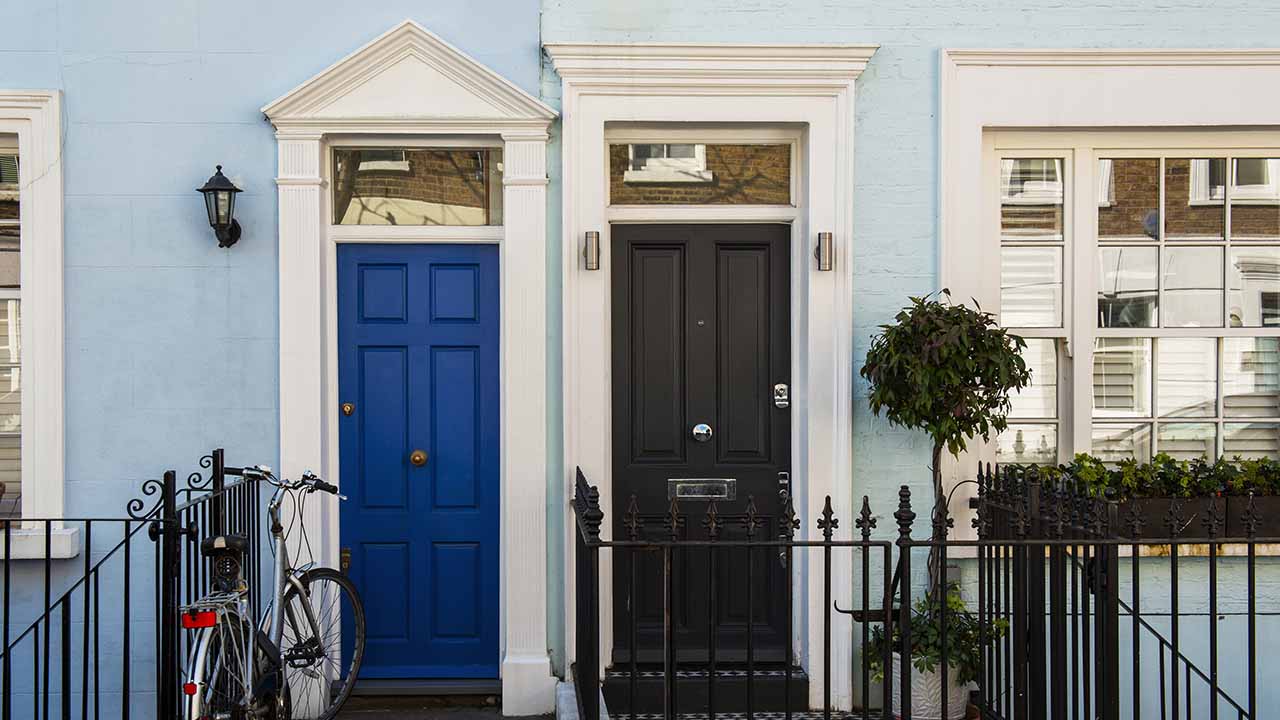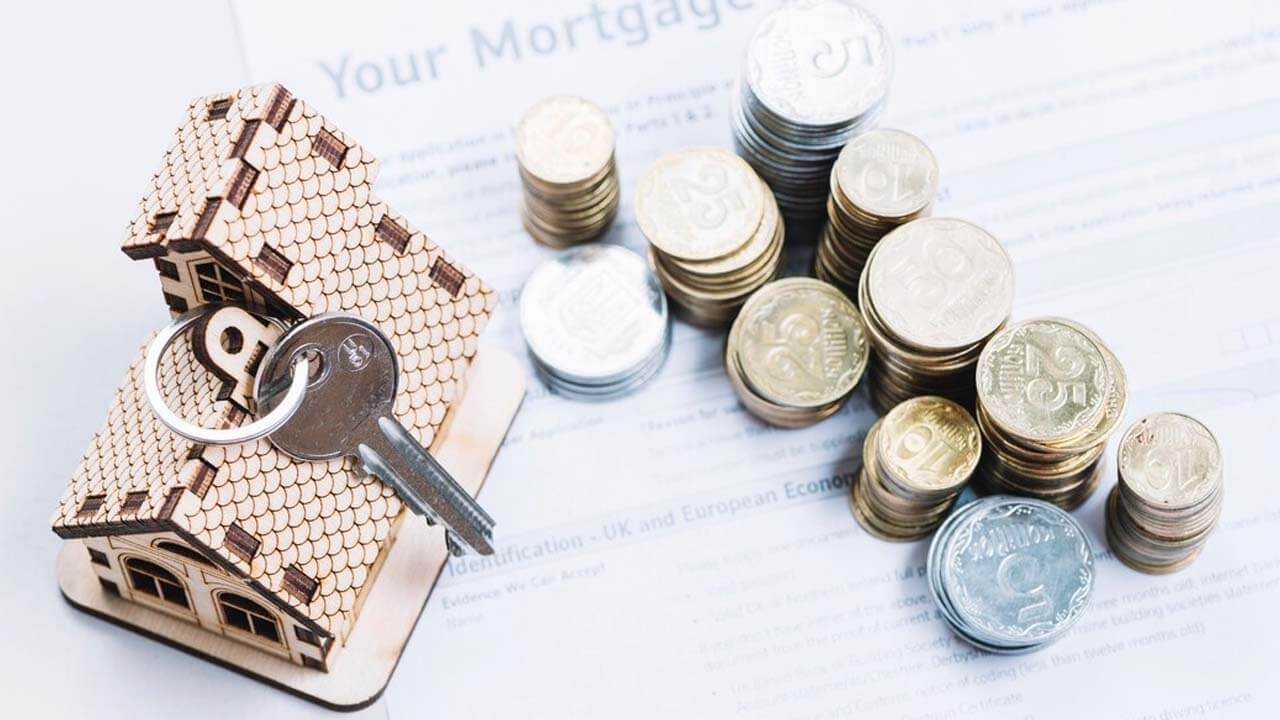When extending a lease on a property, a common question arises: who should bear the cost of the lease extension, the buyer or the seller? The answer depends on various factors, including the terms of the sale agreement, negotiations between the parties, and local customs. In this blog, we will explore the considerations and typical practices regarding who pays for a lease extension.
Understanding Lease Extensions
A lease extension involves extending the term of an existing lease on a property, which can add significant value by providing longer tenure and potentially avoiding the pitfalls of a short lease. Extending a lease often requires negotiating with the freeholder and can incur substantial costs, including legal fees, valuation fees, and possibly stamp duty.
Key Considerations
- Property Value and Marketability: Properties with short leases are generally less valuable and harder to sell. Extending the lease can significantly enhance the property’s marketability and value.
- Negotiations and Agreements: Whether the buyer or seller pays for the lease extension is typically determined during the negotiation phase of the property sale. The outcome often depends on who benefits more from the extension.
- Local Market Practices: Local real estate market practices and customs can influence who traditionally pays for the lease extension.
Common Scenarios
- Seller Pays for the Lease Extension
- Pre-Sale Extension: Often, sellers extend the lease before putting the property on the market. This makes the property more attractive to potential buyers, who prefer properties with longer leases.
- Higher Sale Price: The seller can often command a higher sale price for the property with an extended lease, which can offset the cost of the extension.
- Buyer Pays for the Lease Extension
- Lower Initial Purchase Price: The buyer might negotiate a lower purchase price to account for the cost of the lease extension. This can make the property more affordable initially.
- Buyer’s Control: The buyer can negotiate the terms of the lease extension according to their preferences and financial situation.
- Shared Costs
- Split the Cost: In some cases, the buyer and seller agree to share the cost of the lease extension. This arrangement can make the deal more appealing to both parties, especially in a balanced market.
Practical Examples
- Seller’s Perspective
- If a seller owns a property with a lease of 70 years remaining, extending the lease to 99 or 125 years can make it more appealing to buyers. The cost of the extension may be recovered through a higher sale price.
- Buyer’s Perspective
- A buyer interested in a property with a short lease might negotiate a lower purchase price, planning to extend the lease themselves after purchase. This allows the buyer to manage the extension process and terms directly.
Conclusion
Determining who should pay for a lease extension—whether the buyer or the seller—depends on various factors, including negotiation outcomes, market conditions, and specific circumstances surrounding the sale. Sellers often opt to extend the lease to enhance the property’s value and marketability, while buyers might prefer to handle the extension themselves to control the terms. Sometimes, a shared cost arrangement is the best compromise for both parties.
If you’re navigating the complexities of lease extensions or freehold purchases, expert guidance can make a significant difference. At Leasehold Valuations, we specialise in providing comprehensive services for lease extensions and freehold purchases. Our experienced team can help you understand your options, negotiate favourable terms, and ensure a smooth process Contact us today.



